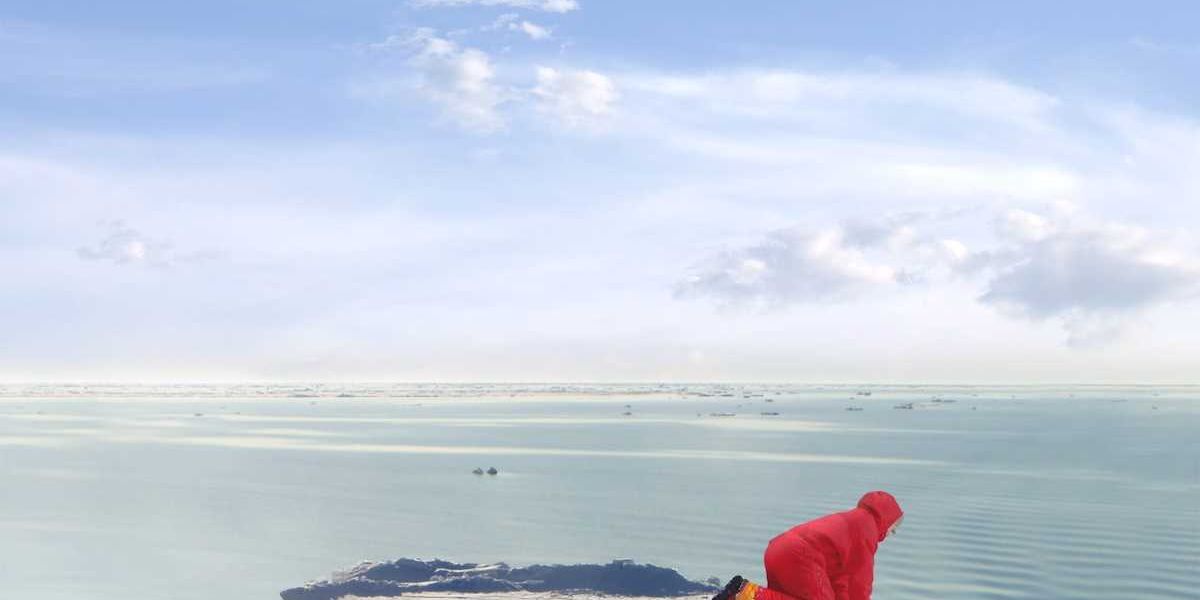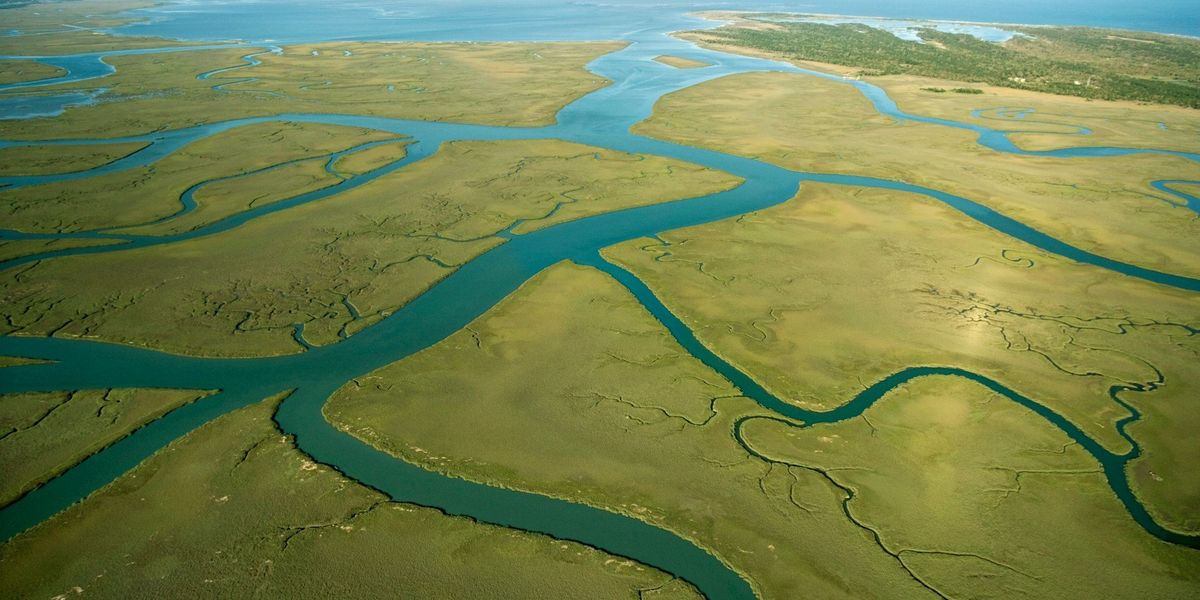Standing Rock renews legal fight to stop Dakota Access Pipeline amid ongoing environmental review
The Standing Rock Sioux Tribe has appealed a federal judge’s dismissal of its lawsuit challenging the Dakota Access Pipeline, arguing the project still lacks legal authorization to operate beneath Lake Oahe.
Mary Steurer reports for North Dakota Monitor.
In short:
- The Standing Rock Sioux Tribe is appealing to the D.C. Circuit Court of Appeals after a federal judge dismissed its lawsuit over the Dakota Access Pipeline’s lack of an easement under Lake Oahe.
- The U.S. Army Corps of Engineers revoked the pipeline’s easement in 2020 but has yet to complete a required environmental review five years later, despite publishing a draft in 2023.
- The tribe contends that allowing the pipeline to operate without proper authorization violates federal law and threatens its water supply and sovereignty.
Key quote:
“The Corps of Engineers has not earned the trust of our Tribe. We cannot rely on the Corps to properly evaluate DAPL, so we are continuing our legal efforts to protect our water and our people from this dangerous pipeline.”
— Janet Alkire, chairwoman of the Standing Rock Sioux Tribe
Why this matters:
The Dakota Access Pipeline remains one of the most contentious fossil fuel projects in the United States, threading through tribal lands and under a Missouri River reservoir critical to the Standing Rock Sioux Tribe’s water supply. The battle over its legality underscores deeper questions about tribal sovereignty, environmental justice, and the accountability of federal agencies. Although the pipeline was completed in 2017, its path beneath Lake Oahe lacks a finalized environmental impact review, an issue that’s dragged on for nearly a decade. Tribal leaders and environmental groups say this lapse reflects systemic disregard for Indigenous rights and environmental protections. At the heart of the conflict is not only whether a pipeline should operate without proper permits, but how regulatory delays and court rulings impact frontline communities.
Related:













